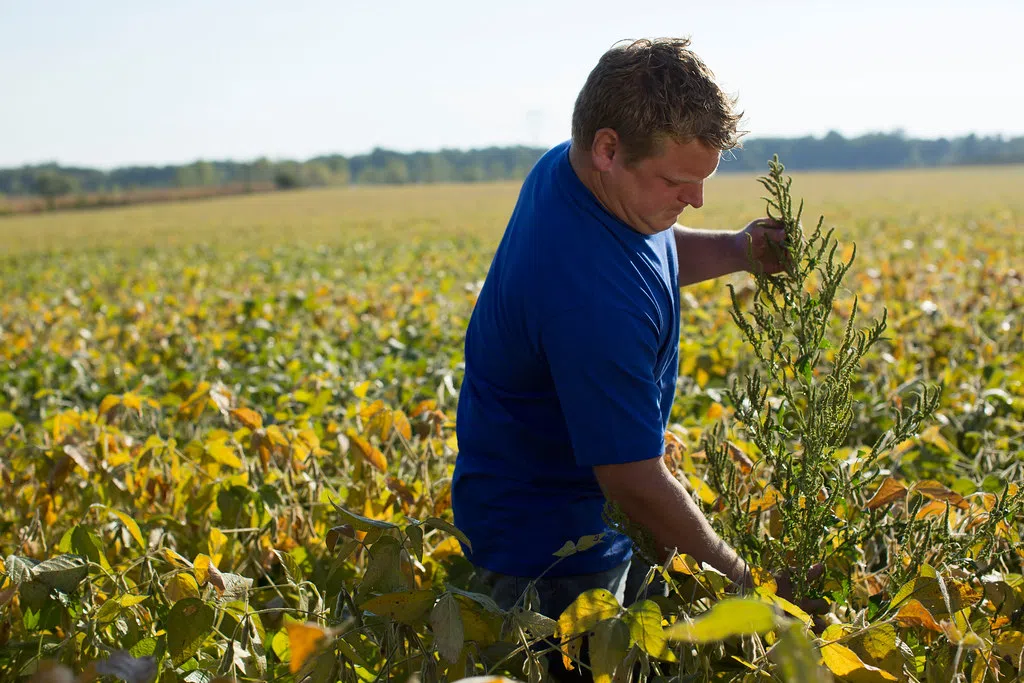There is a shortage of labor all across the nation and it’s taking a toll on agriculture. Famers are transforming the ways they find help in order to get the work done. A panel discussion with the Agriculture Summit focused on reconstructing the labor challenges farmers are facing.
The Vice President of Western Growers, Walt Duflock explains that the initial problem is that the help isn’t necessarily there. “This often comes up when we talk about technology and innovation automation, and I think the way we address it is A, really demonstrate the realities on the ground that they have many unfilled positions but also there’s a need to translate the workforce for the future as well,” he said.
Pauline Canteneur is a Business Strategist at FarmWise who’s creating new solutions to help farmers overcome the labor shortage. Canteneuer explained how robotics deliver automated solutions to vegetable farms. “Our first product is an automated mechanical weeder that detects crops from the weeds using facial recognition, then we’re able to actuate precisely blades around the crop, removing harmful weeds. We deploy as a service to bridge a gap between a shortening labor supply and just quite frankly, a lack of solutions to get this weeding job done” she explained.
The Chief Innovation Officer at the University of California Agriculture and Natural Resources, Gabe Youtsey, made a point that the intention of these robots isn’t to take away farming jobs but to make them easier. He explained, “there are no ag robots taking away any jobs at all today or anytime in the near future and you know that because you have acreage planted every year that is prepped, planted, irrigated, weeded, and then not harvested.”
Jenny Maloney of Bayer CropScience goes on to say that they are trying to figure out the major issues farmers face every single day, “whether it’s on water or nutrients pesticide use, labor, I mean, it’s just heavy every day, something else, and growers are looking for ways to meet those requirements and stay in business and stay profitable.”
This growing challenge will require long hours of research, investment, communication, and regulatory changes to help meet the needs of agriculture in the future.





